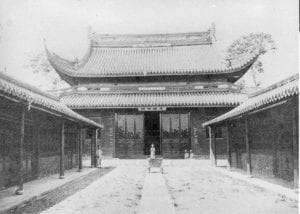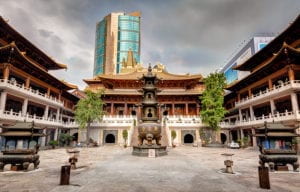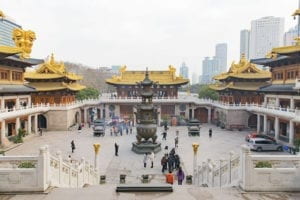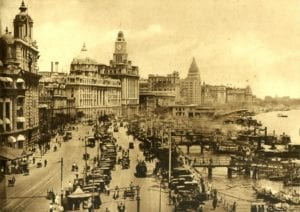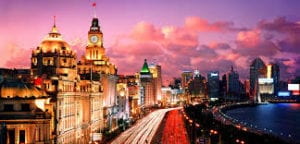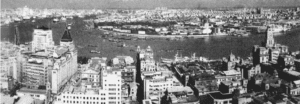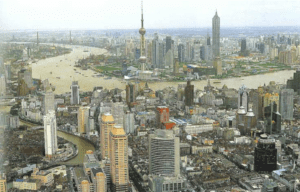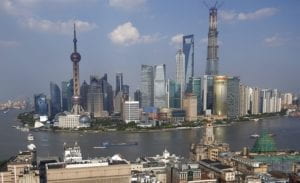Accurate, Prophetic, Powerful
- Is 5G a Game Changer for VR and AR? (yes!)
Considering the potential speed increase, low latency, and high computational power, 5G brings a lot of potential to stream VR/AR content, allowing another step to a more untethered experience.
- Create An Entire Home Gym With Oculus Quest
I think this is particularly the case more so with cardio and floor workouts rather than weightlifting, but having a coach that guides you in VR can give the extra push that people need.
- VR Skin
Haptics are absolutely an important part of VR and the sooner they can migrate away from controllers, the better. This allows for a more realistic touch sensation than moving around and holding things with a controller.
- Adobe Appears! (in AR space)
I think AR cameras will definitely be regarded as important if we are shifting to an AR based society. Doinf something like taking AR pictures in real-time seems interesting.
Absolutely Silly
- VR for Cows and Milk Production
Do I really need to say anything about this one? The headset doesn’t even cover the cow’s eyes correctly!
- VR for Women in Labour
I feel that labour pains are too intense that a virtual environment would not be helpful in easingba prexisting pain.
- VR Live Concerts
One of the best parts of a love concert is how analog it is. You get to meet and talk to other people, dance, look at all the imperfections. Something is lost when that shifts into Vr, that I’d loses its appeal
- Death of Mobile VR
Phone VR may be dying out, but that is only considering the current generation of phones. I think that there is still potential for phone based VR in future devices, that may be designed with more of a VR focus.
